The Top free activities to do in Dordogne Périgord with children!
The Top free activities to do in Dordogne Périgord with children!
Saint Léon sur Vézère
Family Time

Saint Léon sur Vézère
Family Time
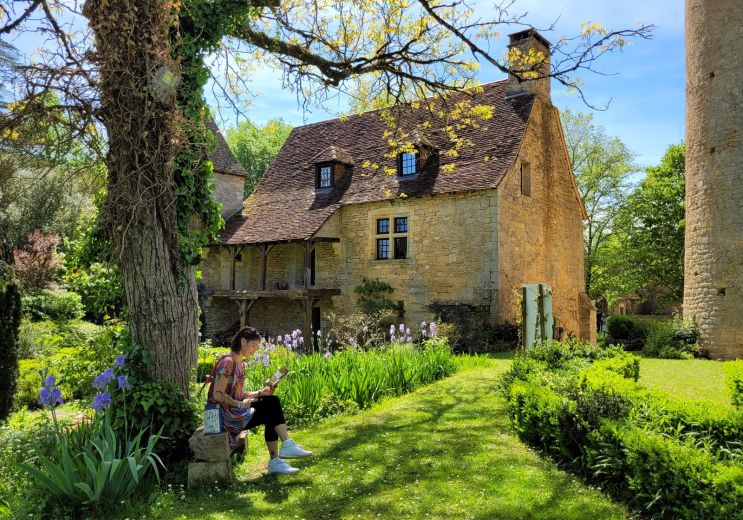
Saint Léon sur Vézère
Culture and Heritage

Saint Léon sur Vézère
Not to be missed
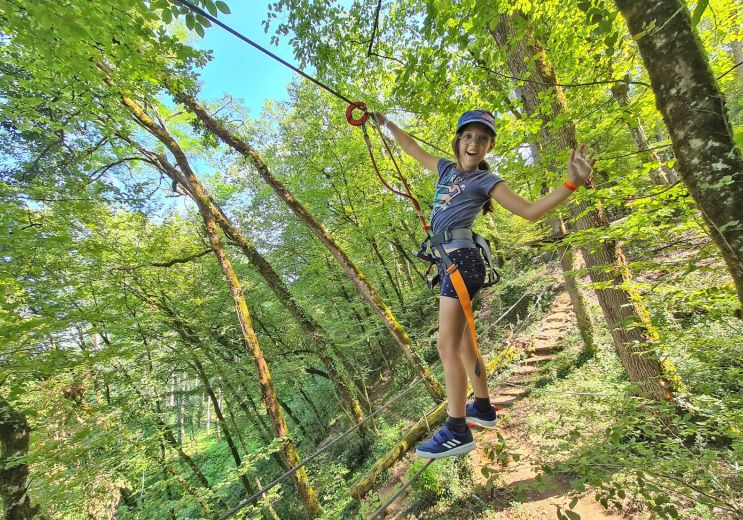
Saint Léon sur Vézère
Sport

Saint-Léon-sur-Vézère is a charming little village where you can rest in peace away from the hustle and bustle of ...
Saint Léon sur Vézère
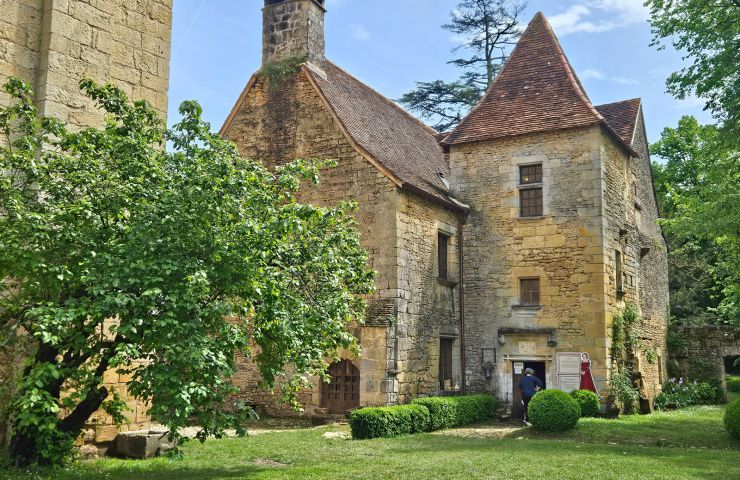
Visit the Dungeon, Manor and Garden of La Salle in Saint-Léon-sur-Vézère In the village of ...
205 m - Saint Léon sur Vézère
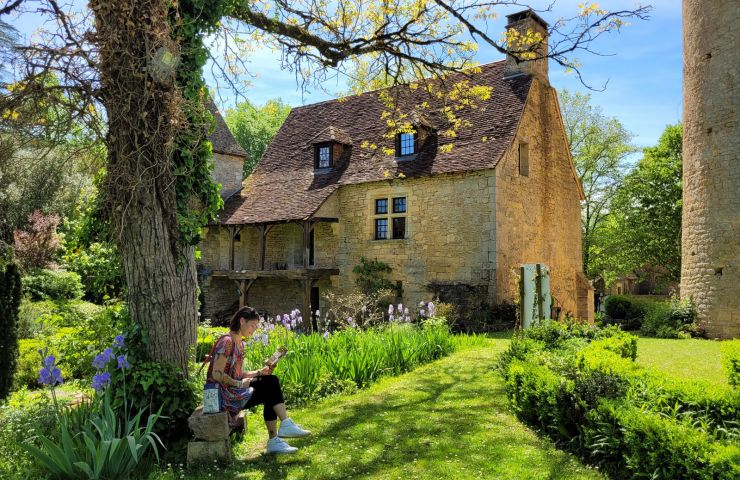
The Gardens of the Donjon, Manor and Garden of the Hall Open the door to this unique place in the heart of the ...
208 m - Saint Léon sur Vézère

Welcome to the Dordogne-Périgord Dinosaur Park, the unmissable Jurassic adventure! Dive into a fascinating world ...
220 m - Saint Léon sur Vézère
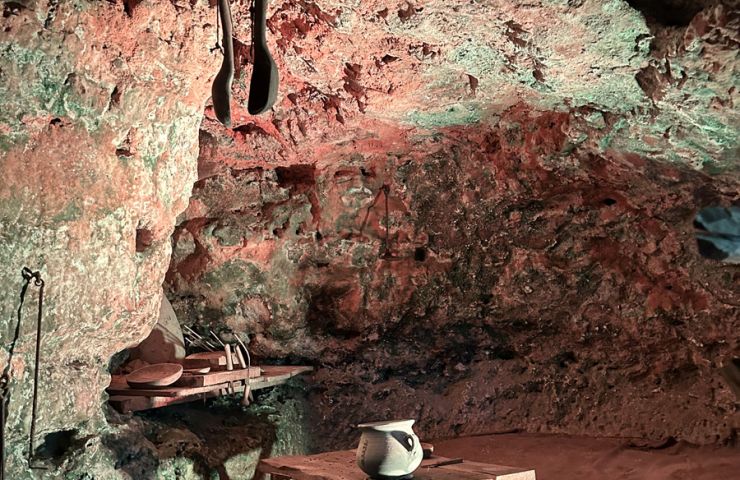
Visit Le Conquil, the forgotten cliff, an exceptional troglodyte site in the Dordogne! Located in the heart of the ...
226 m - Saint Léon sur Vézère

Saint Léon sur Vézère
Walking

Saint Léon sur Vézère
Walking

39 m - Saint Léon sur Vézère
Walking
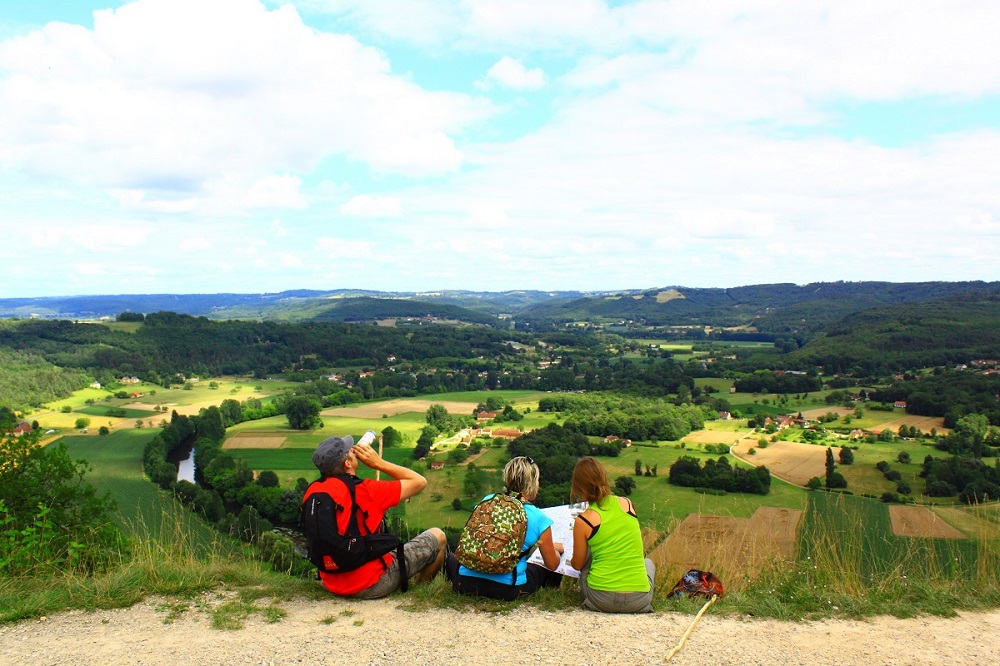
70 m - Saint Léon sur Vézère
Walking
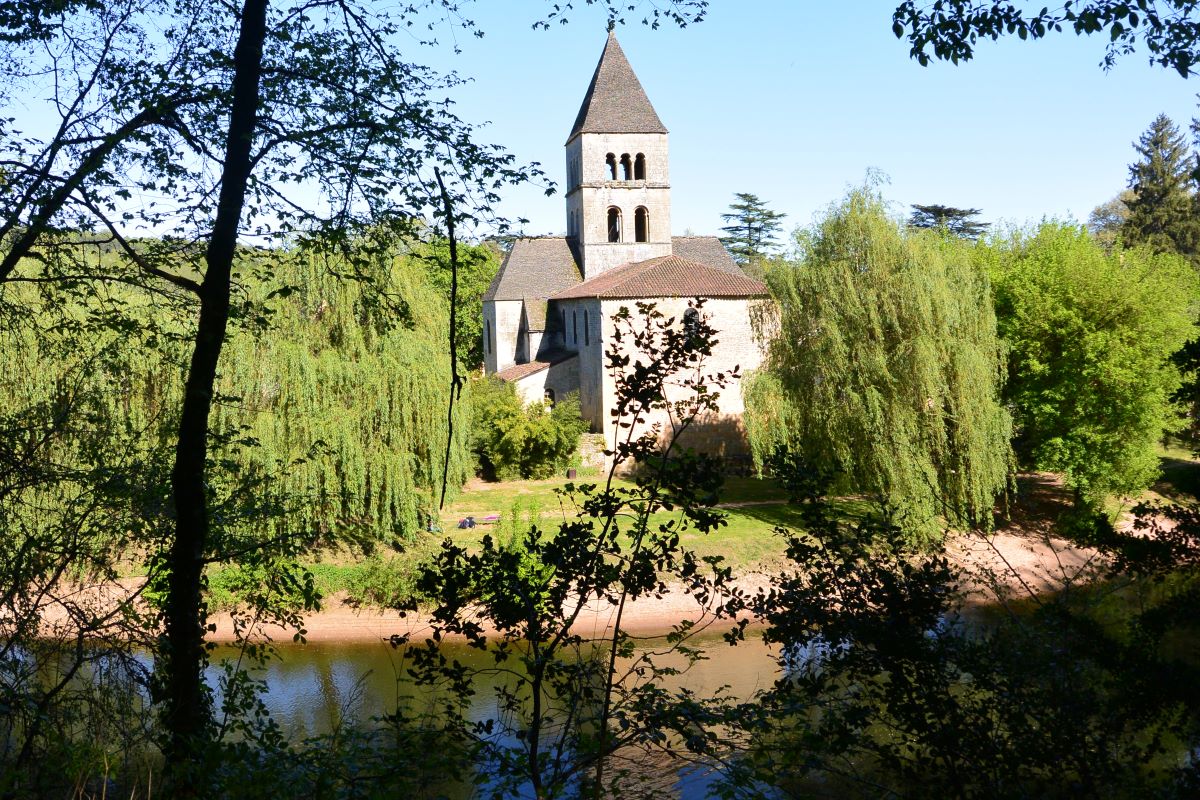
74 m - Saint Léon sur Vézère
Walking